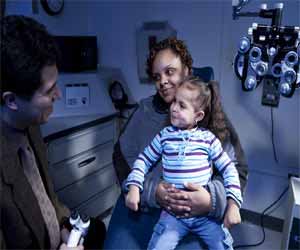Many issues related to clinical practise, health services and policy and radiology education and training have been focused on in the June issue of Journal of the American College of Radiology

Optimizing Emergency Department Imaging Utilization Through Advanced Health Record Technology
Arun Krishnaraj, MD, MPH, Sayon Dutta, MD, Andrew T. Reisner, MD, Adam B. Landman, MD, Garry Choy, MD, MBA, MSc, Paul Biddinger, MD, Abraham Lin, AB, Neeraj Joshi, MS
Growth in emergency department imaging utilization over the past few decades has necessitated increased oversight. Incorporating a Queriable Patient Inference Dossier (QPID) tool - a programmable health record intelligence system, adding semantic search and knowledge management layers to an EHR system - into the busy emergency departmentED environment may help reduce the overutilization of health resources, including imaging, in this challenging setting.
Emergency Department Imaging: Uncompensated Services Rendered by Radiologists Nationwide
Richard Duszak Jr, MD, Eugene Nsiah, MS, Danny R. Hughes, PhD, Jeff Maze, MBA
More than 28 percent of services rendered by radiologists to emergency department patients are on a completely uncompensated basis, corresponding to a mean $2,584 per month per physician in Medicare dollars for professional services alone.
Digital Breast Tomosynthesis Utilization in the United States: A Survey of Physician Members of the Society of Breast Imaging
Lara A. Hardesty, MD, Sarah M. Kreidler, DPT, MS, Deborah H. Glueck, PhD
Digital breast tomosynthesis (DBT) is a promising new technology used by 30% of respondents, but it remains a limited resource with only 11% of users performing all mammograms with DBT, and methods to select which patients receive DBT vary, as do costs to patients.
Advertisement
Kevin J. Psoter, MPA, Bahman S. Roudsari, MD, PhD, Matthew Vaughn, BS, Gabriel C. Fine, MD, Jeffrey G. Jarvik, MD, MPH, Martin L. Gunn, MBChB
In this study, trends in the utilization of CT between transferred and directly admitted trauma patients before and after the implementation of a large internet-based image-transfer system between a level I trauma center and referring hospitals were examined. CT utilization rates were lower for transfer patients compared with direct-admit patients after 2005, the year the implementation of an image-sharing network began at Harborview Medical Center.
Advertisement
Source-Newswise











